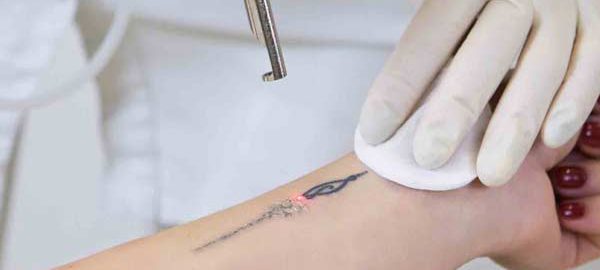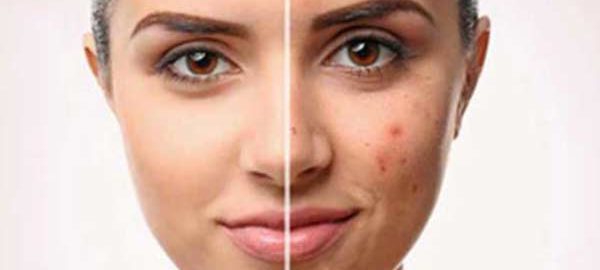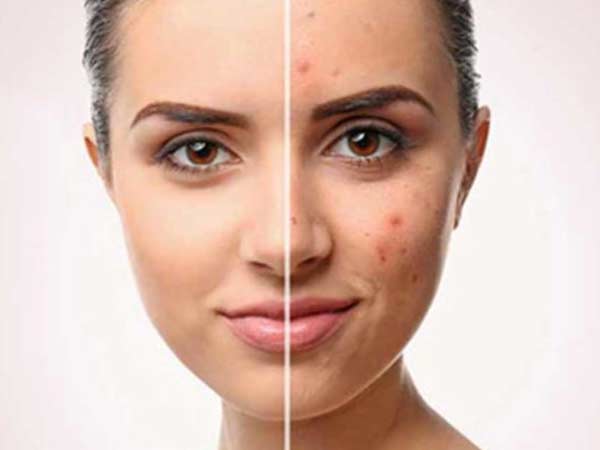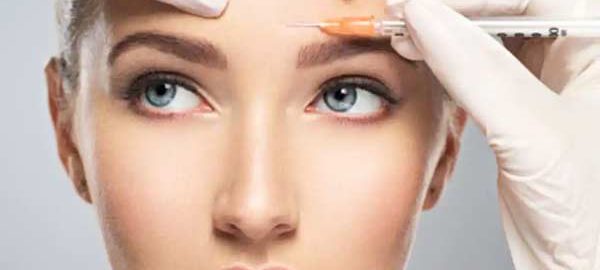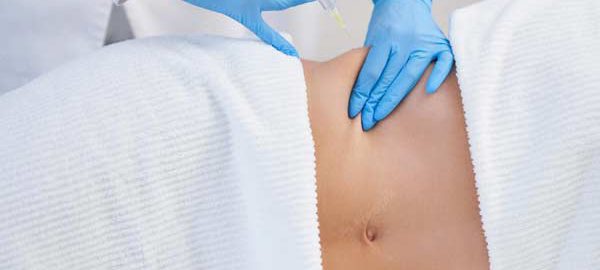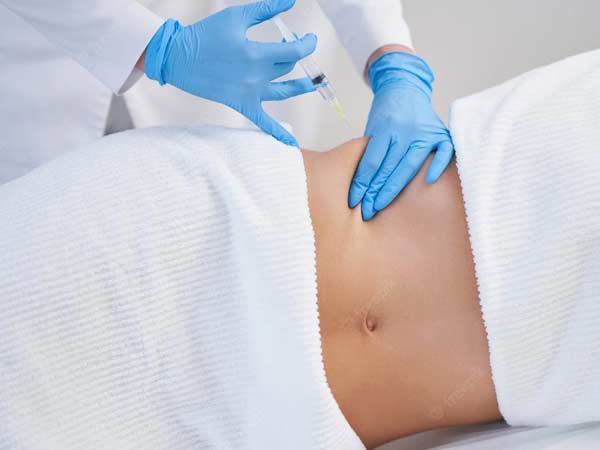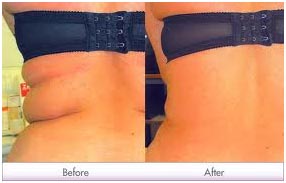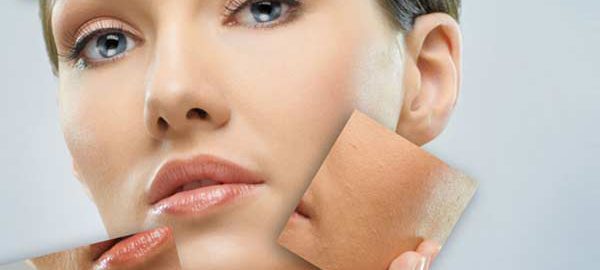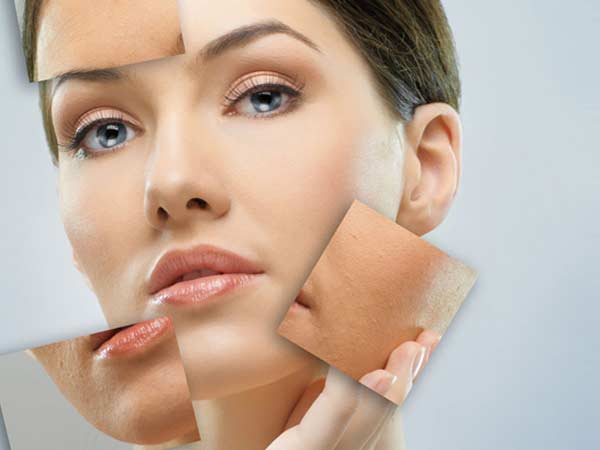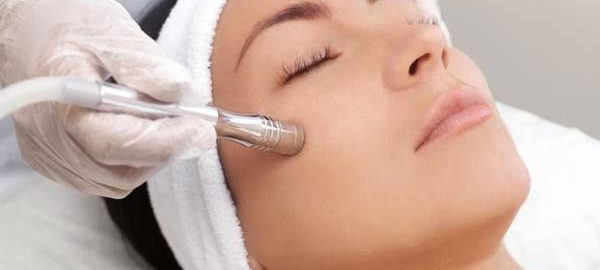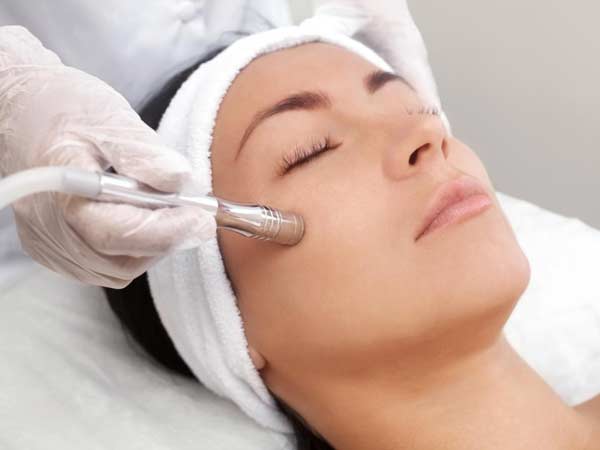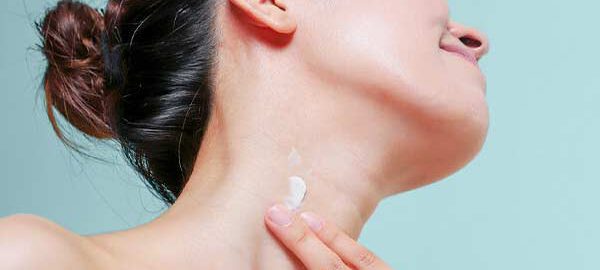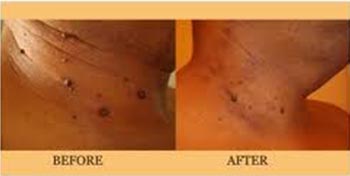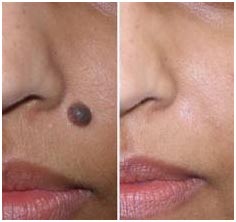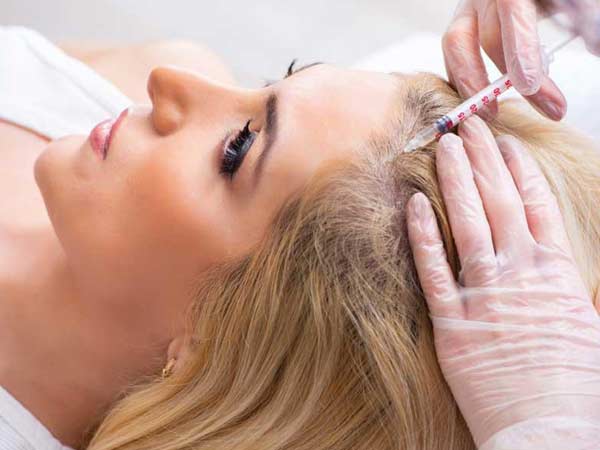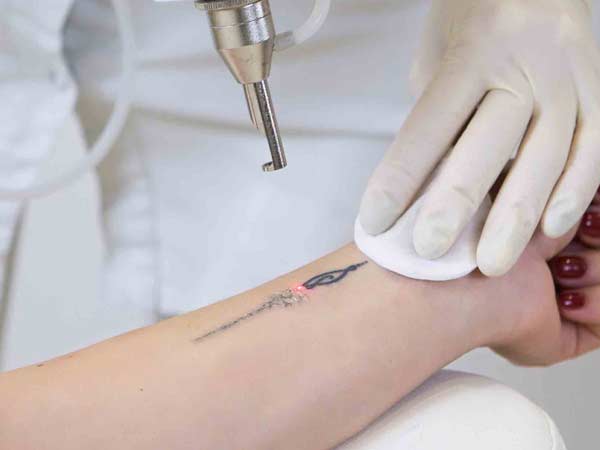
Laser tattoo removal is an innovative technique that allows permanent tattoos to be removed from the skin. For the success of the treatment, it is advisable to contact centers that have the latest alexandrite laser or neodymium-YAG laser technology, and know what level of power to use to eliminate the colors that make it up. The laser technique allows the removal of the tattoo because it fragments the pigments that will later be eliminated by the macrophages, the blood cells that metabolize these particles.
Why is it done?
Permanent tattoos can become deformed with the aging of the skin, lose their initial appearance or simply stop being liked by those who wear them, so they look for a way to erase them from their skin without leaving a trace. Today, those who regret a tattoo can go back to the tattoo artist to have it changed or go to a specialized dermatologist or aesthetic doctor for complete removal using laser technology.
What does it consist of?
Tattoo removal is performed using laser photoacoustic technology, which breaks up the ink pigments on the skin into powder. Over time, the body metabolizes these particles and removes them through the lymphatic system.
Normally this removal takes about 8 weeks, although it is a very variable time depending on the type of tattoo, its size, colors used and the area in which it is located.
Preparation for laser tattoo removal
When you decide to remove a tattoo that you are no longer satisfied with, you need to consider a few factors that can affect the outcome of the treatment. First of all, it is necessary to evaluate the size of the tattoo, the depth of the pigment and the colors that make it up: blue and black are the easiest colors to remove, while white and yellow are almost impossible to remove.
The date of completion is another influential factor: the older the tattoo, the easier it will be to remove it, since it has been partially attacked by macrophages. Also, if the patient undergoing treatment has olive or black skin, there is a risk of altering the natural pigmentation of the skin, making removal problematic. Finally, the time of year in which you choose to erase your “mark” should also be evaluated. Winter is the most suitable period to remove a tattoo since, in the months after treatment, you cannot expose the treated skin to sunlight.
In addition, sunbathing or UVA sessions should be avoided up to 10 days before the session.
Care after the intervention
After each session, an antibiotic cream and a patch are applied to the treated area, so that the patient can go about their daily lives safely. Thus, the patient can return to their normal activity after the session and should avoid sun exposure in the treated area during the months after the laser treatment.
It is also advisable to treat the skin after the sessions: it will turn red and the patient may feel itching or pain in the area. It can be applied cold to reduce discomfort and swelling in the area, as well as a specific ointment and skin regenerating cream will be recommended. You should also avoid rough sponges and towels during the shower and wash the area with a neutral soap.
Alternatives to this treatment
Currently, laser technology is the most advanced and used treatment for tattoo removal, due to its optimal results with minimal invasion.

